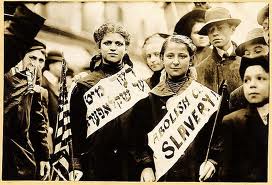 Yesterday I was sitting in some important meetings with a group of organizational leaders trying to determine how to best spawn movements. A focus of our organization is to see thousands, if not millions, of micro movements around the world that are led by volunteers. But we are an organization that has been around for over 60 years. It is a significant challenge to structure existing organizations in such a way to actually be nimble enough to see this through.
Yesterday I was sitting in some important meetings with a group of organizational leaders trying to determine how to best spawn movements. A focus of our organization is to see thousands, if not millions, of micro movements around the world that are led by volunteers. But we are an organization that has been around for over 60 years. It is a significant challenge to structure existing organizations in such a way to actually be nimble enough to see this through.
Steve Addison characterizes movements that change the world as having five elements: white-hot faith/belief, commitment to a cause, contagious relationships, rapid mobilization, and adaptive methods. I agree with Steve that any movement would have to possess these elements to truly be impactful-whether they are spiritual, political or social in nature. But what role does organizational leadership play?
In my mind, organizational leadership will always play one of two possible roles regarding movements. Either the organization will act with institutional controls that actually prevents true movements from happening or it will act as a channel to spur on movements and aids them in being highly effective. Notice that the issue is not one of boundaries or a lack of boundaries. But in the 1st instance boundaries are used to protect and prevent. In the 2nd instance boundaries are used to direct and support.
True movements by their very nature are unpredictable, messy and alive. They resist control and thrive best when their is vibrant, entreprenurial leadership and a common will. Organizational leaders must keep the end in mind and resist the temptation to control rather than support and provide.
What are your thoughts?

Pingback: Featured Blogs: August 2012 – In the Word | eQuipping for eMinistry